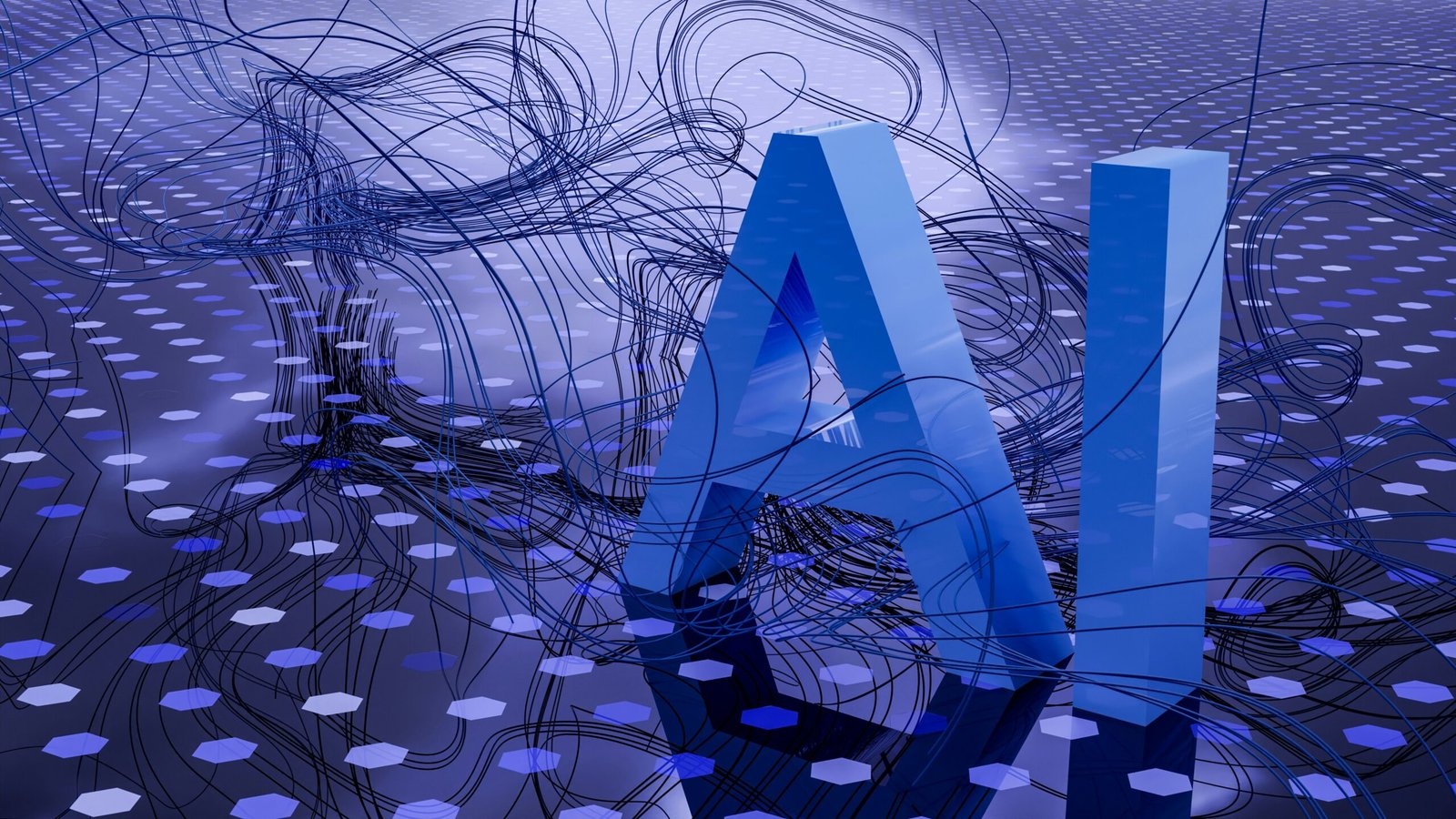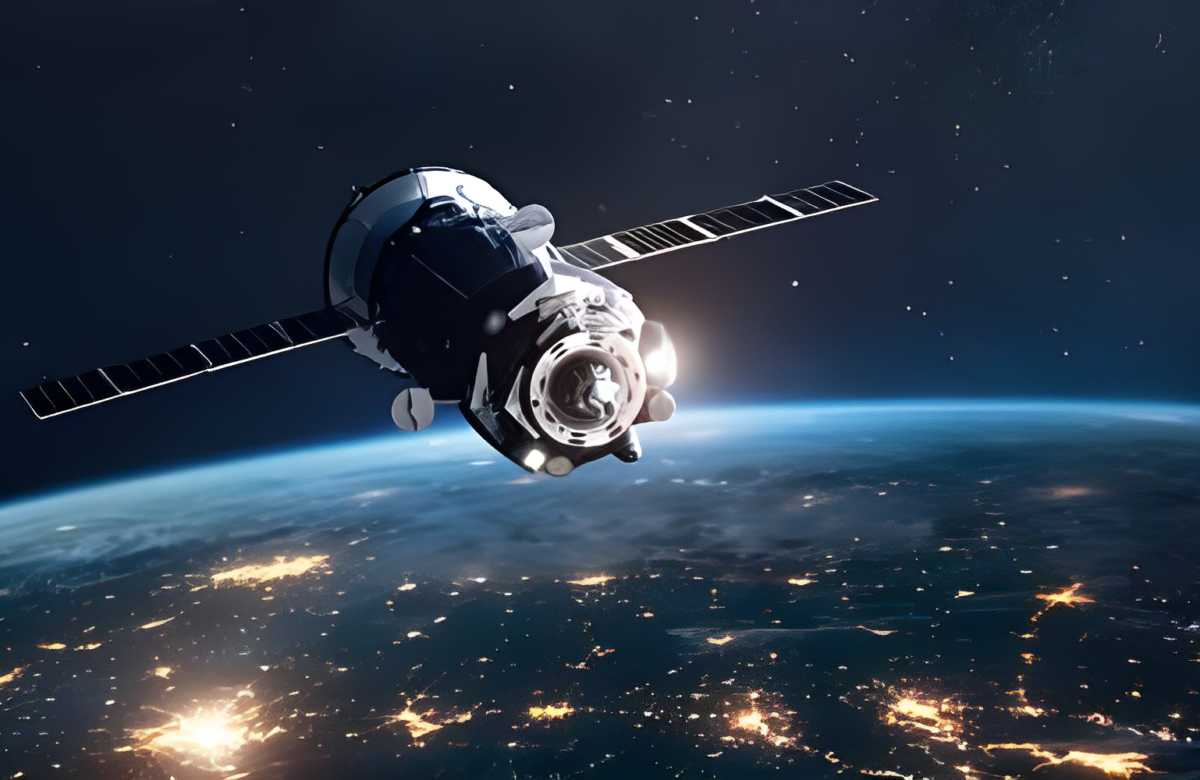
The Evolution of AI: From Classic AI to Deep Learning: Explore the historical development of AI, from rule-based systems to the deep learning revolution
- Technology
- January 2, 2024
- No Comment
Artificial Intelligence is capable of successfully performing all those complex tasks for which humans take many days and there is a margin of error in that too. In such a situation, the question arises what is Artificial Intelligence and how does it work. AI is a modern-day technology that makes all those tasks very easy which takes a person a lot of time to do. With the help of AI, Robots or Machines are train and such programming is done which makes even an impossible task possible.
Contents
What is Artificial Intelligence?
Today AI has become an important part of our daily routine. Finding desired information on Google, recognizing things through Google Lens, Voice to Text Conversion and today’s trending tools like ChatGPT, Text to Image Converter, etc. These are based on AI and are making people’s tasks easier. Not only this, today AI is being use in almost every industry, be it Healthcare & Finance Industry or Travel, Education or Manufacturing Industry. Along with these industries, today the use of AI is also being seen extensively in digital marketing (AI in Digital Marketing). About which we have also discuss in this blog. So, stay tuned to this blog of AI Kya Hai and understand well what Artificial Intelligence means.
History Of Artificial Intelligence
After understanding what AI is, it is time to know its history so that we will be able to know how Artificial Intelligence was born. In the year 1950, John McCarthy (who is also known as the father of AI) coin the term “Artificial Intelligence” in the World’s First AI Conference and said that AI is a higher-level computer science technology that increases the intelligence of machines. He say that with the help of AI, such robots can be made which can work on the principle of human brain. After this, AI Centers was open in many Institutes & Universities and more research start on this. Meanwhile, scientists faced many challenges, such as creating a system that could learn on its own, understand inputs and solve problems in a short time.
In the year 1957-58, two scientists publish an algorithm named GPS through which general problems could be solve, but it was still unable to solve complex problems. At the same time, John McCarthy invente Lisp Language for AI Programming, which is still use today. In the year 1997, IBM’s Deep Blue AI System proved its mettle by defeating the then World Champion of Chess.
After this, continuous research and developments took place in the evolution of AI field and its applications were seen in Natural Language Processing, Computer Vision, Robotics, Machine Learning, Deep Learning, etc. Today we can see AI in Speech Recognition System, Robotic Process Automation, Dancing Robots, Talking Humanized Robot, Smart Home Devices, Medical Devices, Gadgets, Vehicles. Hope you have understood the history of AI. Let us now move ahead in the What is Artificial Intelligence blog and understand how AI works.
How does Artificial Intelligence work?
AI Systems perform calculations based on inputs which are possible through Algorithms. These algorithms contain a set of instructions that analyze these inputs and predict possible outcomes. To understand it in more simple words, we can divide its working process into three stages – Learning, Reasoning, Self-correction.
Learning:
This is the first stage of AI working, in which data is acquire and some sets of rules are made. These sets of rules are called Algorithms. Which contain all the instructions through which the specific task is reach step by step.
Reasoning:
In this stage the focus is on selecting the right algorithms so that correct and accurate answers can be give to the user input.
Self-correction
This stage is the stage of fine tuning where emphasis is lay on fine tuning the algorithms and making them better. Only correct algorithms give fast & correct results. Thus, these three stages together run an Artificial Machine and complete the tasks efficiently. Hope you have understood how evolution of AI works.
Benefits of AI in Human Life
Ever since evolution of AI start being use for various tasks, it has make the lives of us humans easier. Today there are many Artificial Intelligence benefits which perhaps were not even possible to think about till some time ago. Let us understand some such important benefits.
There has been improvement in Accuracy & Decision Making
Algorithms used in Artificial Intelligence increase the intelligence of a robot or machine many times, making it very easy to bring accuracy in various tasks. Apart from this, in many tasks one has to go through many stages and do complex calculations to reach the final decision. But AI makes all these calculations easier due to which accuracy is seen in decision making.




